Camera drain inspections are one of the most efficient ways to diagnose and fix sewer and drain problems in your home. Whether you’re dealing with recurring clogs, slow drains, or suspect tree root damage, a camera inspection can give you a clear view of what’s going on in your pipes. For homeowners in Evanston, Illinois, knowing how to prepare your home before the plumber arrives can help ensure a smooth and effective process. Here’s a step-by-step guide to get your home ready for a camera drain inspection.
Step 1: Understand the Purpose of a Camera Drain Inspection
Before the inspection, it’s essential to understand what a camera drain inspection entails. A small, waterproof camera is inserted into your drains or sewer lines, providing a real-time video feed of any blockages, cracks, or damage. This technology allows the plumber to pinpoint the exact location and cause of the problem.
Evanston Consideration:
Evanston is known for its older homes, many of which have aging plumbing systems. A camera drain inspection can be particularly helpful in diagnosing problems that arise due to wear and tear in older pipes.
Step 2: Clear the Area Around the Drain Access Points
Before the plumber arrives, clear the area around the drain access points. This includes clearing under sinks, near floor drains, or in the basement where the main sewer line access is located. A clutter-free area will allow the plumber to easily access your plumbing system and begin the inspection without delays.
Step 3: Avoid Using Drains Before the Inspection
To ensure the best possible video quality, avoid using any drains in the hours leading up to the inspection. Running water or recent use of sinks, toilets, or showers can obscure the camera’s view, making it harder to identify the problem.
How This Helps:
Clear, undisturbed pipes make it easier for the plumber to detect any blockages or damage during the camera inspection.
Step 4: Discuss Any Known Issues with Your Plumber
Before the inspection begins, be sure to discuss any ongoing issues with your plumber in Evanston. If you’ve experienced frequent clogs, slow drainage, or unusual smells, sharing this information can help the plumber know where to focus the inspection and what to look for during the process.
Evanston Consideration:
Evanston’s proximity to Lake Michigan and its high water table can lead to unique drainage challenges. Informing your plumber of any specific concerns will make the inspection more targeted.
Step 5: Prepare for Potential Solutions Post-Inspection
A camera drain inspection is a diagnostic tool, meaning the plumber will identify the problem but may need to perform additional work to fix it. Be prepared to discuss the next steps with your plumber after the inspection, whether that’s hydro jetting, pipe replacement, or tree root removal.
How This Helps:
Knowing the scope of potential fixes can help you budget for any necessary repairs and schedule them as needed.
Conclusion
Camera drain inspections are a highly effective way to get a clear picture of your home’s plumbing issues. By following these steps—clearing the area, avoiding drain use, and communicating with your plumber in Evanston—you’ll ensure the process goes smoothly and efficiently.
If you’re dealing with drainage issues in Evanston, J. Blanton Plumbing is here to help. Consider joining our No Drip Club for regular plumbing maintenance and inspections, ensuring your drains stay clear and in good condition year-round. Contact us today to schedule your camera drain inspection and keep your home’s plumbing in top shape.











